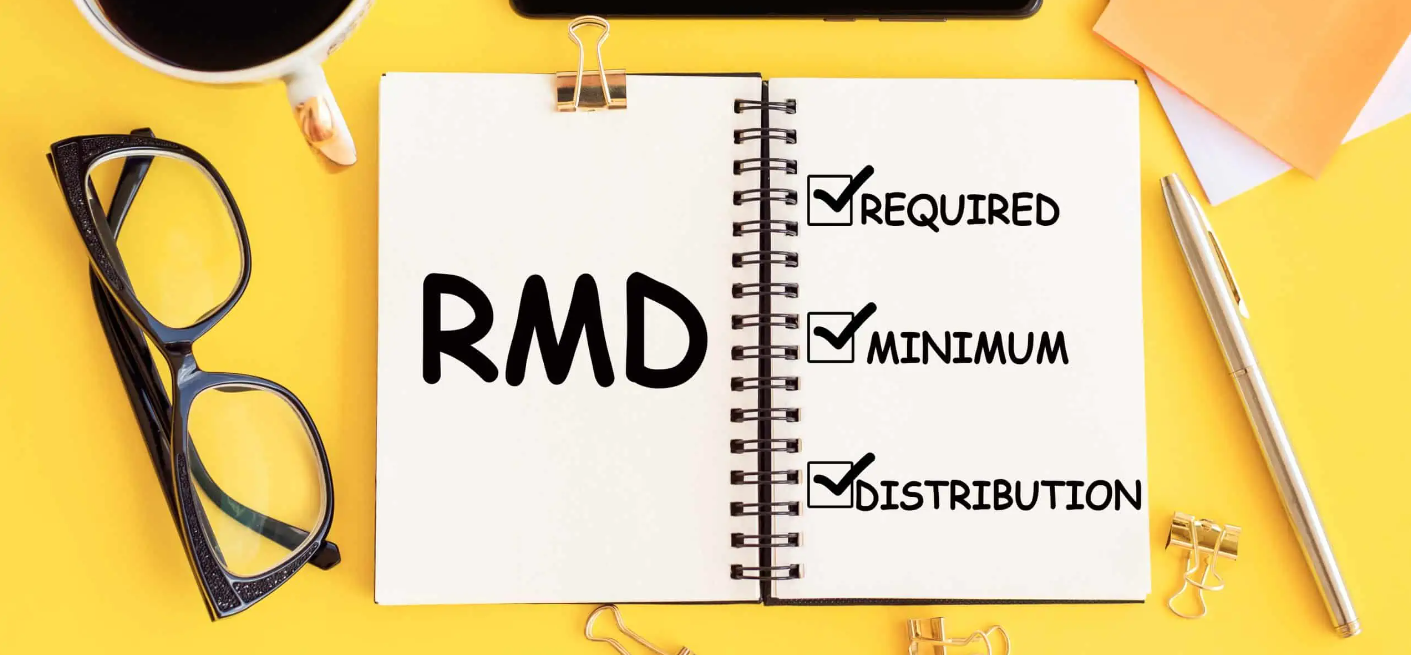One Roth IRA bucket is clearly defined with strict ordering rules. There is no need to maintain separate Roth IRA accounts if you don’t want to because the IRS sees it all.
SCENARIO: John owns multiple Roth IRAs. He believes it is necessary to maintain all these accounts to keep things properly organized and to track his 5-year conversion clocks. He has contributed to Roth IRA #1 for over a decade. He did a partial Roth conversion from a traditional IRA many years ago (to Roth IRA #2). Since that first conversion, John did two more conversions. These are Roth IRAs #3 and #4. Finally, John recently rolled over his 401(k) plan. The pre-tax dollars went into another traditional IRA (Traditional IRA #2), and the Roth 401(k) dollars went to Roth IRA #5. A summary of John’s IRA accounts looks like this:
- Traditional IRA #1 – Used to make partial Roth conversions
- Traditional IRA #2 – Includes only pre-tax rollover dollars from John’s 401(k)
- Roth IRA #1 – Contributions and earnings
- Roth IRA #2 – Created by the first traditional-to-Roth IRA conversion
- Roth IRA #3 – Created by the second traditional-to-Roth IRA conversion
- Roth IRA #4 – Created by the third traditional-to-Roth IRA conversion
- Roth IRA #5 – Rollover Roth dollars from the 401(k)
What does the IRS see when looking at John’s IRA accounts?
- 1 bucket of Traditional IRA dollars
- 1 bucket of Roth IRA dollars
But how does the IRS keep things straight?
How do they distinguish Roth contributions, conversions, and earnings? Tax forms. Form 1099-R and 5498 tell-all.
These tax forms inform the IRS what went down, which means they know what’s up.
If John takes a distribution from ANY of his Roth IRAs, what will that distribution consist of?
Based on strict ordering rules, the first dollars out will be contributions, followed by conversions, then earnings.
Even if John does another conversion today (generating Roth IRA #6) and then takes a small distribution from that same account tomorrow, it will be considered a withdrawal of contributions.
But how is that possible?
Once again, the IRS does not care how many Roth IRAs you maintain. They only see one bucket of Roth IRA dollars under your name separated into contributions, conversions, and earnings.
Assume John contributed $50,000 to Roth IRA #1 over many years. Every year the custodian would generate a 5498 and report it to the IRS in Box 10 – “Roth IRA Contributions.” The IRS adds up all those 5498s. Logically, anything above $50,000 is earnings.
What if John did a total of $200,000 in a Roth conversion?
The Roth conversion would also be reported on a 5498, Box 3 – “Roth IRA conversion amount.” Additionally, each annual 5498 includes a time-stamp to track the 5-year clock.
Within the same bucket of Roth IRA dollars, the IRS sees $50,000 of Roth contributions, $200,000 of Roth conversions, and when the transactions are complete. Anything above that is earnings.
By Andy Ives, CFP®, AIF®
IRA Analyst











